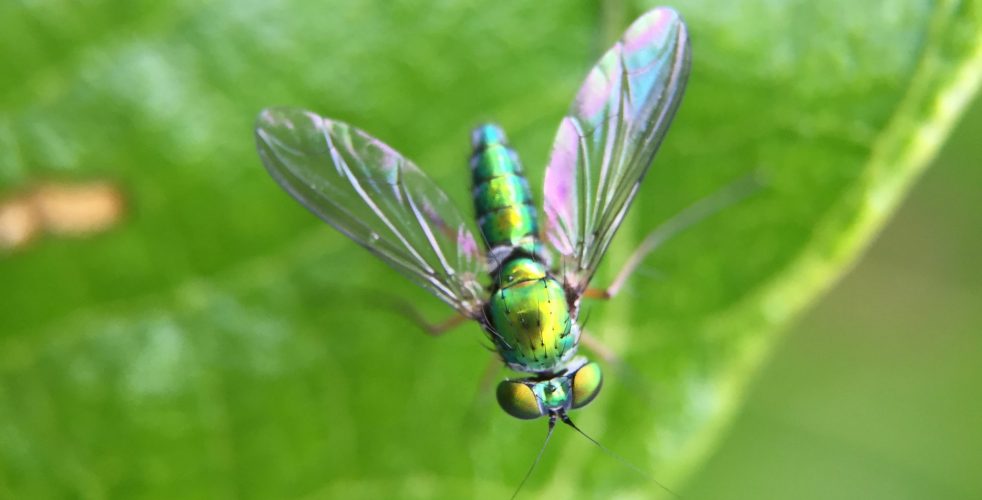About a year ago, I and several of my friends went to an informational meeting about the Watson Fellowship. All of us had already attended other meetings learning about this fellowship and the chance to design a project for world travel. Nervous about starting our senior year and encountering the reality that would follow graduation, we all hoped this meeting would give us some guidance or golden ticket to getting a Watson. The usual information was shared alongside some decadent treats, but by mid-meeting, Britt Murphy, the head librarian and Watson liaison dragged out an old TV. It was the kind of TV we all remembered from our high school days when the teacher handed over part of their lesson to bits of tape played over a static-filled screen.
This TV was no different and Britt anticipated our humor at the tape. Regardless of our jokes, once the lights were dimmed we all watched attentively, waiting for that golden Watson ticket. The video was interviews with Watson fellows from the late 90’s. One girl repeated the advice she was given about the Watson, “What would you study if you only had one year left to live?” And from that advice she reached her project, What happens when we die? Based on my memory of the video she studied funerals around the world and different perceptions on death. Other fellows gave pieces of advice including pushing your limits and avoiding touristic aspects of the cultures you visit. Most importantly, this video was sharing real people and their experiences conducting these intimidating projects. While we laughed at the ridiculousness of some of the fellow’s situations during their travels, we were becoming more relaxed with the idea of applying. There they were, the prestigious Watson Fellows. They were intelligent, accomplished, and most importantly human. Just like us.
What stood out the most to me during the video was when another girl was describing her project. She was travelling around the world studying crop pollination and bees when one day she found a rare species she had never seen before. All of a sudden she found herself crying out of joy over it. And soon I was crying too. Sitting there, surrounded by my friends, I could imagine conducting a Watson fellowship to study what I love most: insects. I imagined seeing the insects I had only seen pictures of living in the wild, exploring habitats vastly different from my temperate forest, and essentially conducting a pilgrimage to study the most abundant animal on the planet. She and I were crying in amazement at the insect life on Earth.
My friends all chuckled and some knew to look back at me after seeing her story. They all knew about my quirky passion and were wonderful to accept me for it. After the meeting, I used the feelings brought out by seeing that girl cry and worked further on my own Watson application.
A year later, I am on my own Watson fellowship. For the past month I have been living in Cairns, Australia. I moved here knowing no one, but Tobin Northfield, an original contact from the project’s research efforts the year before. I have been working in the Northfield lab, surveying an organic cocoa farm for a project on biological control, volunteering with Biosecurity Queensland to control invasive electric ants, and traveling around the area to meet all the insect-enthusiasts I can find.
After a morning full of field work and moving into my new home in Australia, I walked into a different meeting. This one was a lecture at James Cook University and the woman speaking was Margie Mayfield, an ecologist from the University of Queensland. She spent the hour explaining her interesting research and findings on plant community structure in Southwestern Australia. After her seminar, I met her in person to discuss it all further. My advisor, Tobin Northfield knew her personally and introduced me in his favorite way: “Jessa’s been awarded a fellowship to run around the world chasing insects.” Embarassed at the immense priviledge of the Watson I started to shrug off his description, but Margie immediately knew what he was talking about. “A Watson! I was a Watson Fellow,” she immediately said. Struck by the coincedence of it all, I started to realize who she was – the very same teary-eyed, bee-loving Watson fellow from the video!
After a few excited shouts and exchanging contact information, we decided to meet again down in Brisbane. Margie studied crop pollination for her Watson and she is now a successful ecologist, working on many projects at the University of Queensland including crop pollination! It’s incredibly wonderful to meet another Watson fellow, especially to see how their project has translated into success further down the road. Hopefully our meeting will bring good advice for the rest of my Watson year and how to translate these experiences into success in a scientific setting.
Regardless of what may come, life has been very serendipitous lately and all I can translate it into is that I’m exactly where I need to be!
